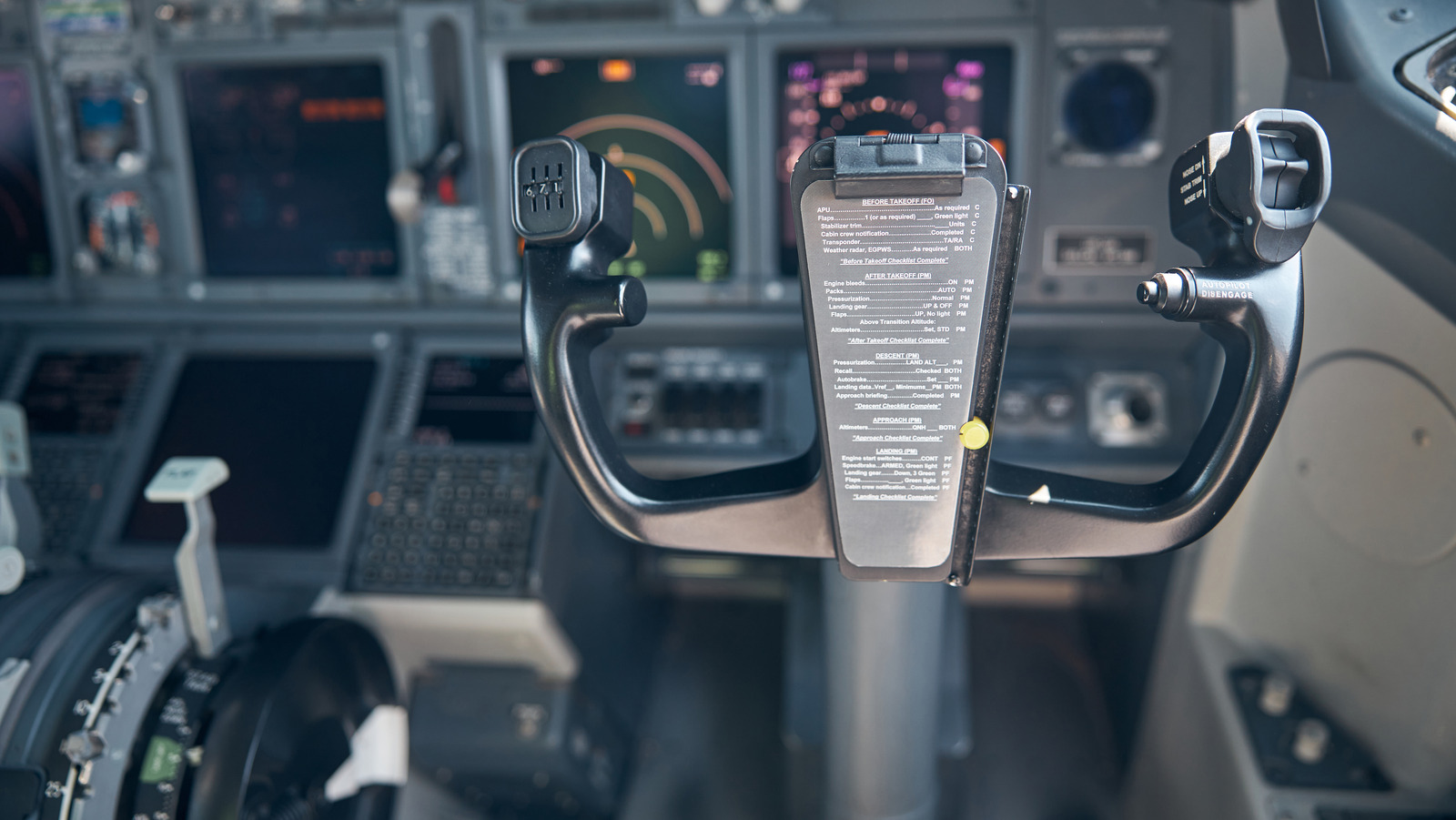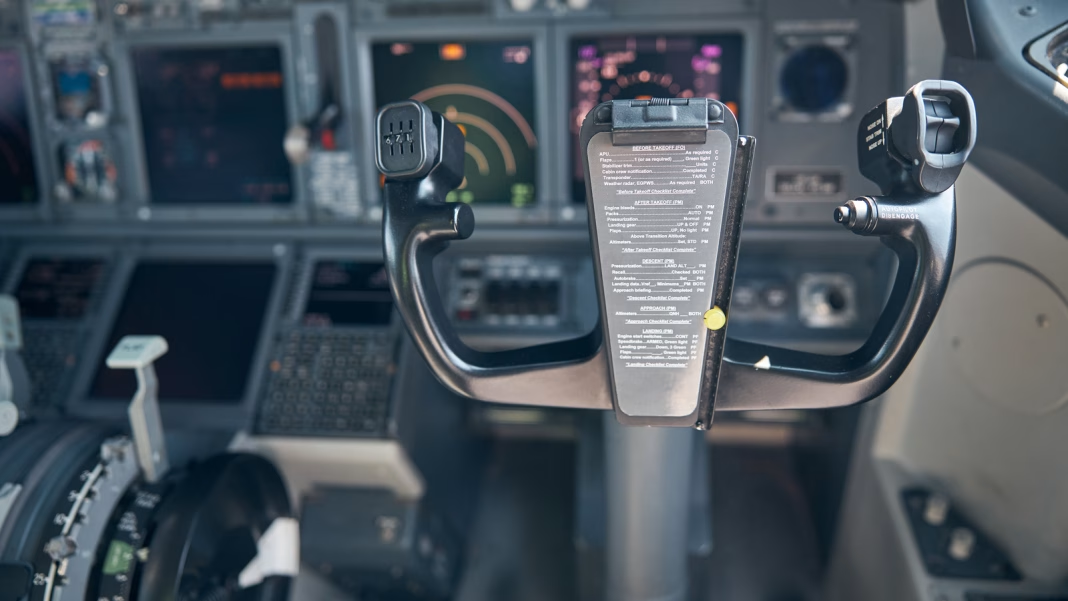Why Do Boeing Pilots Still Use Yokes Instead of Side Sticks?
When you step onto a Boeing aircraft, you might notice something that feels a bit nostalgic: the yoke. This classic control mechanism has been a staple in aviation for over a century, while many modern aircraft have shifted to side sticks. So, why does Boeing stick with yokes? Let’s dive into the reasons behind this enduring choice.
The Legacy of the Yoke
The yoke has a rich history in aviation, dating back to the early days of flight. It provides pilots with a tactile sense of control, allowing for precise maneuvers. The design is intuitive, with a familiar feel that many pilots have grown up using. For those who learned to fly in smaller aircraft, the transition to a commercial jet with a yoke feels natural. This legacy is not just about nostalgia; it’s about comfort and familiarity in high-pressure situations.
Boeing’s Commitment to Tradition
Boeing has a long-standing reputation for reliability and safety. The company’s aircraft are designed with a focus on pilot experience, and the yoke has become part of that identity. Pilots often express a preference for yokes because they allow for a more traditional flying experience. The yoke’s design can also provide better visibility of the instrument panel, which is crucial during critical phases of flight.
The Ergonomics of Control
While side sticks, like those found in Airbus aircraft, have their advantages—such as requiring less physical space and allowing for more freedom of movement—the yoke offers a different ergonomic experience. The yoke’s design allows pilots to make larger, more deliberate movements, which can be beneficial during turbulence or when making significant course adjustments. This can be particularly important in the high-stakes environment of commercial aviation, where every second counts.
Safety and Training Considerations
Boeing’s choice to use yokes also ties into training and safety protocols. Many flight schools still teach using yokes, meaning that new pilots are often more familiar with this control method. Transitioning to a side stick later in their careers can be a challenge for some. By sticking with yokes, Boeing ensures that pilots can easily adapt to their aircraft without having to relearn fundamental control techniques.
The Modern Debate: Yoke vs. Side Stick
The aviation community often debates the merits of yokes versus side sticks. Proponents of side sticks argue that they offer more modern technology and can be more intuitive for pilots trained on them. However, the tactile feedback and control precision of a yoke can’t be overlooked. Each design has its advocates, and the choice often comes down to personal preference and the specific needs of the aircraft.
Real-World Examples
Airbus has successfully integrated side sticks into their aircraft, leading to a different flying experience. Pilots who fly both Boeing and Airbus planes often share insights about the differences. For instance, some pilots appreciate the compactness of side sticks, especially in smaller cockpits. However, others argue that the yoke provides a more stable and controlled flying experience, particularly during challenging weather conditions.
The Future of Flight Controls
As technology continues to evolve, the future of flight controls remains an open question. Will Boeing eventually adopt side sticks, or will they continue to champion the yoke? For now, it seems that Boeing is committed to its legacy while also embracing advancements in avionics and automation. The yoke may be a throwback, but it’s one that many pilots still trust.
The big takeaway? The choice between yokes and side sticks isn’t just about technology; it’s about the pilot’s experience and comfort. Whether you’re flying a Boeing or an Airbus, what matters most is the connection between the pilot and the aircraft. So, the next time you board a Boeing, appreciate the yoke for what it represents: a blend of tradition, safety, and a pilot’s instinctive control.


